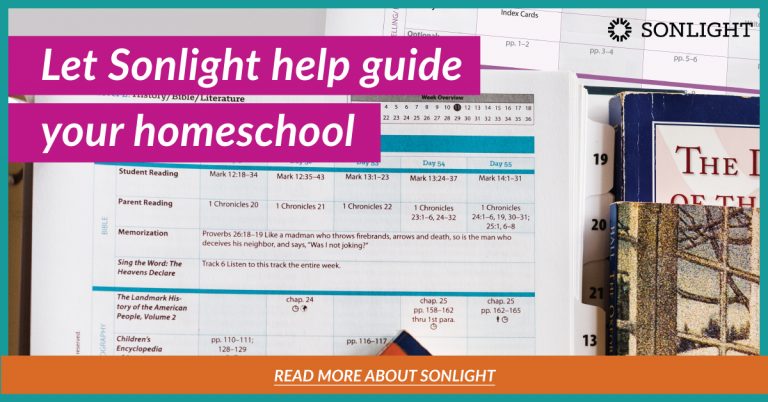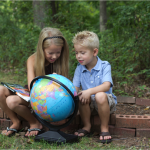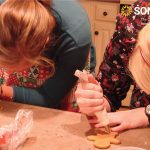
I still remember the first time I heard the story of Solomon and the two women with one living baby between them—in a children’s devotional when I was in kindergarten. I still remember my first introduction to the story of Odysseus’s return home and Penelope’s test of his identity, a story that’s been told for 3,000 years. Those stories added to my cultural literacy, and I am better for that understanding.
Life is more rich with at least a passing knowledge of the cultures of the world, of the fascinating characters and delightful stories that people have known and enjoyed for millennia. This knowledge forms the basis of cultural literacy—the general body of knowledge that an educated adult knows, the information that undergirds a culture.
Some cultural literacy comes from the deep past. Some cultural literacy is much more recent. Here are examples from the United States:
- George Washington and the cherry tree
- the Three Little Pigs
- a glass slipper
- the Trojan Horse
- the Mona Lisa
- Romeo and Juliet
- Charlotte’s Web
- O. Henry short stories
- Sherlock Holmes
- The Chronicles of Narnia
I love this quote from The Shallows about why it is important and beautiful to keep cultural literacy alive. Building cultural literacy in our homeschools is all the more important in this age when most students skim more, when many students no longer have even a glancing knowledge of culture, and in a time when the social media feeds offer entertainment with little substance.
The offloading of memory to external data banks doesn’t just threaten the depth and distinctiveness of the self. It threatens the depth and distinctiveness of the culture we all share. In a recent essay, the playwright Richard Foreman eloquently described what’s at stake. “I come from a tradition of Western culture,” he wrote, “in which the ideal (my ideal) was the complex, dense and ‘cathedral-like’ structure of the highly educated and articulate personality—a man or woman who carried inside themselves a personally constructed and unique version of the entire heritage of the West.” But now, he continued, “I see within us all (myself included) the replacement of complex inner density with a new kind of self—evolving under the pressure of information overload and the technology of the ‘instantly available.’” As we are drained of our “inner repertory of dense cultural inheritance,” Foreman concluded, we risk turning into “pancake people—spread wide and thin as we connect with that vast network of information accessed by the mere touch of a button.”
Culture is more than the aggregate of what Google describes as “the world’s information.” It’s more than what can be reduced to binary code and uploaded onto the Net. To remain vital, culture must be renewed in the minds of the members of every generation. Outsource memory, and culture withers. (196-197)
At our time of history, facts are easily searchable. If you ever need to know the capital of Vermont, you can find Montpelier in a few seconds online. But entering into the sweetness of Wilbur’s friendship in Charlotte’s Web? That’s irreplaceable and precious.
Do you have moments from your childhood that you remember strongly, where you connected with a story, and it became yours like my examples of Solomon and Odysseus? If so, then you know what I mean by life being more rich.
As homeschoolers, we hope to pass on to our children this body of knowledge so that they are able to join in their culture’s narrative. This type of education does not come from merely sitting and memorizing facts: The capital of Alabama is Montgomery. The capital of Alaska is Juneau. The capital of Arizona is Phoenix. . . .
Students who use Sonlight don’t memorize a lot of facts, yet they are ready to join the narrative because a Sonlight education has introduced them to the stories and ideas, to the truth, goodness, and beauty of the world.
Sonlight covers all the cultural literacy references in this blog post and hundreds more. As homeschool parents, we too, are always growing our body of cultural literacy, so we don't assume that you have been exposed to all the references in the books we schedule. Our Instructor’s Guides (IG) have a Cultural Literacy category, so if a book references something you are unsure of, the IG helps define the terms for you. You learn alongside your children.
To see what our Cultural Literacy notes look like, you can download a free three-week sample of any Instructor’s Guide here.








